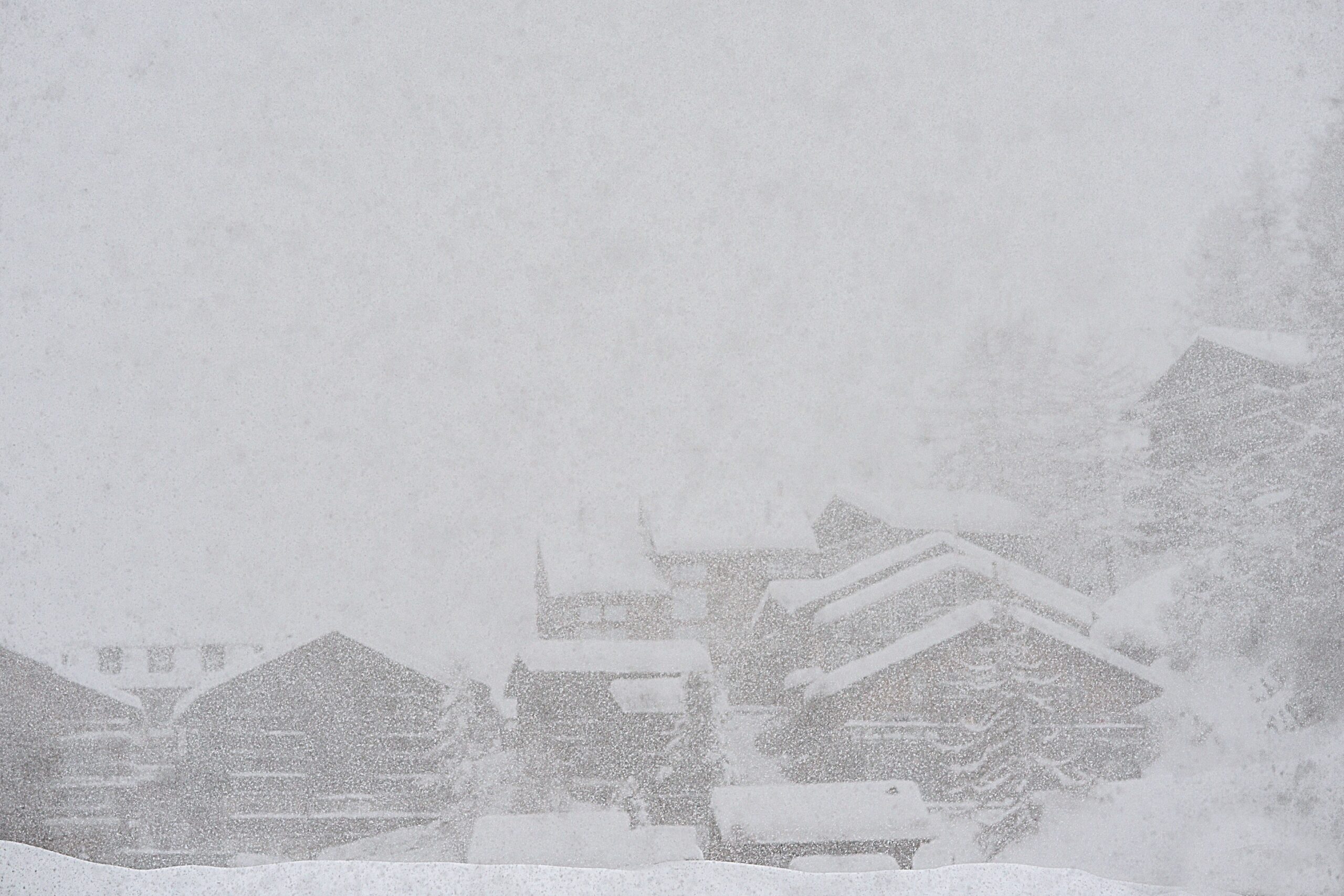Installing an interlock switch for your generator on your home or business electrical panel can make getting through a power outage a whole lot more comfortable.
When the Lights Go Out…
Imagine the wind is whistling and snow is falling, then suddenly the house goes black and silent. It’s going to get cold. You put some warm clothes on, go get the generator and extension cord, run the cord through a cracked-open window, and now you can power a few things if the cord can reach. That cord is in the way; you need to remember not to trip over it. If you have them, you might use multiple extension cords, or else you’ll need to alternate between running the kitchen fridge and the freezer in the garage. There are no ceiling lights or operational outlets because you can’t power them. It sure is cold near that window!
This chaos and inconvenience is entirely unnecessary if you install an interlock switch on your breaker box and a “generator power inlet” on the outside wall of the house. You will be able to conveniently plug the generator into an inlet on the house exterior wall, then operate any circuit you choose (within the limitation of the generator’s power output). Viola – the light switches will turn lights on, and the AC outlets will have electricity!
The Simplest Solution: Generator Interlock Switch+ Power Inlet
First, a circuit breaker will be added to your breaker box (AKA electrical panel). If it is ON, power is provided to the house via the generator. Next, a simple mechanical interlock is installed on the panel. Why? We MUST be sure the big main breaker is OFF if the generator is being used, otherwise you’ll be sending out power that will be hazardous to those who are working on the power lines.
Furthermore, if the power comes back on with both breakers on, it will probably damage the generator and creates the risk of a serious fire. Again, the purpose of the Generator Interlock is to ensure that only one of these switches can be ON. The interlock mechanically and positively forces one or the other of these two switches to be OFF.
The Power Inlet
Finally, a simple power inlet box with a connector matching your generator’s connector and cord is installed outside the house, usually just on the other side of the wall from your electrical panel. The inlet connector is wired to that new circuit breaker.
Using the Interlock Switch with your Generator
To use this new setup during a power outage, grab a flashlight, go to the panel, turn all circuit breakers OFF. Go plug the generator into the inlet connector and start it up. Go inside, slide the interlock up so the generator circuit breaker can be switched ON. After switching it on choose the circuits you want to power up and turn those breakers on. That’s it. If this sounds complicated, don’t worry, the electrical code requires that step-by-step instructions be posted inside the electrical panel.
Maximize Your Power Supply
There are some simple things you can do to maximize the number of items you can operate in your home with a small generator. First, use LED lighting. They will use roughly 20 percent of the power of the old incandescent bulbs, and also much less than the “curly Q” fluorescent lights. Second, unplug anything you don’t need. Printer, Google display, TV downstairs, beer fridge in the workshop, wine cooler, air purifier, laptop charger if not needed, and so on. Finally, become aware of how much power each device and appliance actually consumes. Read the wattage tags, add them up, and compare that to your generator’s power rating. Heaters are the most power hungry. You may not be able to have the water heater on, depending on your generator. Or you may be able to use it if everything else is off. Situations when using emergency power vary widely.
Keep fuel in mind while using your emergency power: the more watts you use, the more fuel your generator will consume! Be very careful about this if supplies are difficult to obtain.
Don’t Wait! Plan for the Next Power Outage, Today.
Don’t wait until the power goes out to make emergency power more convenient. Trust OHM Electrical Contracting to safely install backup power equipment, including an interlock switch, in your Seattle-area home or business today. CONTACT US to start the process or consult with an electrician.


